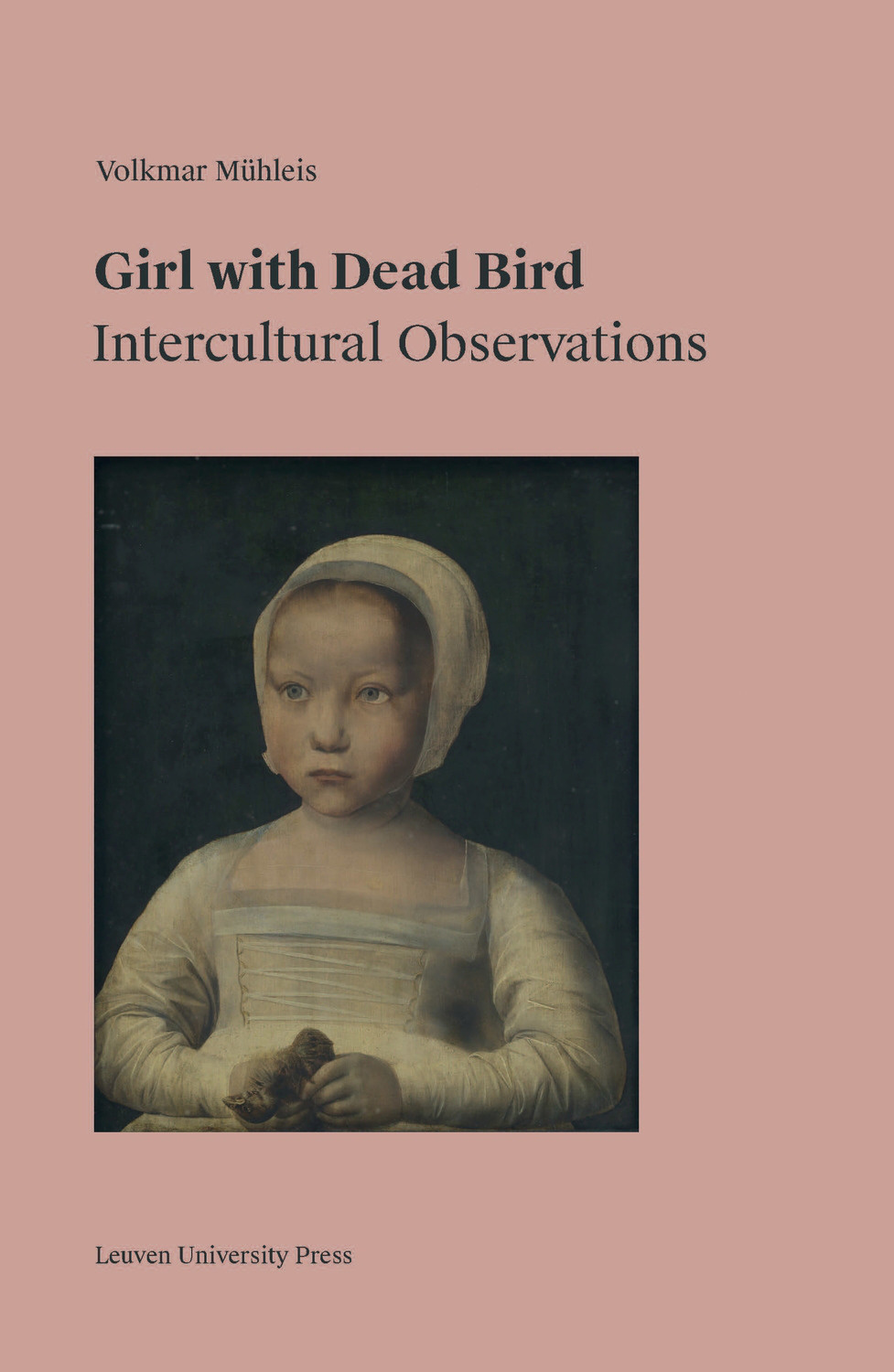
Girl with Dead Bird
Intercultural Observations
Volkmar MÜHLEISEditeur
Universitaire Pers LeuvenDate de publication
24 avril 2018Résumé
Lifeand death in a sixteenth-century masterpieceThe portrait we havecome to call Little Girl with Dead Birdis an enigma. On the one hand, we hardly know anything about thissixteenth-century masterpiece. But even so, on the other hand, the picturefascinates viewers to this day. This painting's indeterminate yet compellingstatus provides Volkmar Mühleis grounds to look beyond its historicalsignificance and to explore its anthropological scope as well, from anintercultural perspective and, moreover, against the backdrop of its complex ofthemes concerning life and death. To do so, Mühleis returns to the conceptualpremises that frame the relationship between the history of art and theanthropology of images, along with those that juxtapose Western and Easternphilosophies.
FORMAT
Livre broché
25.00 €
Ajout au panier /
